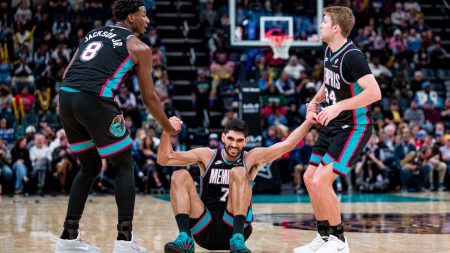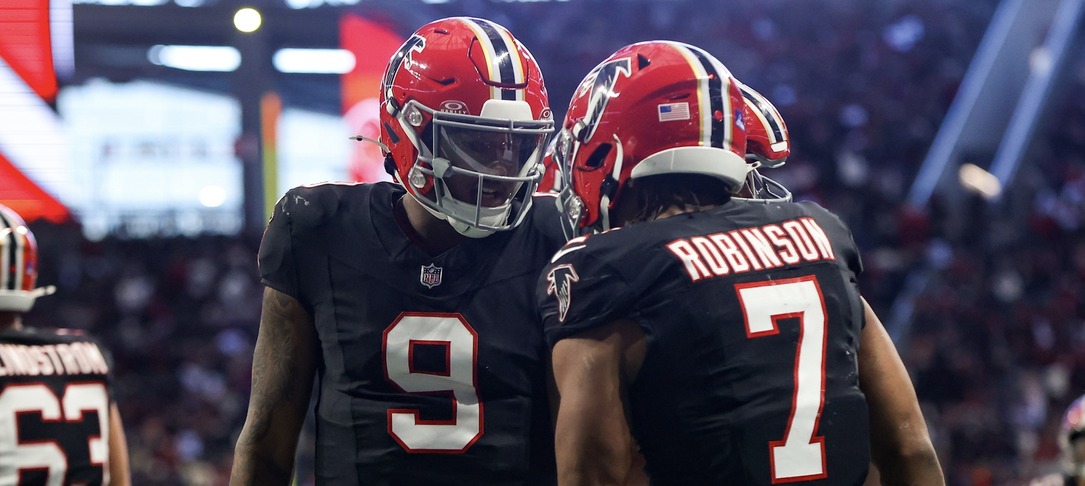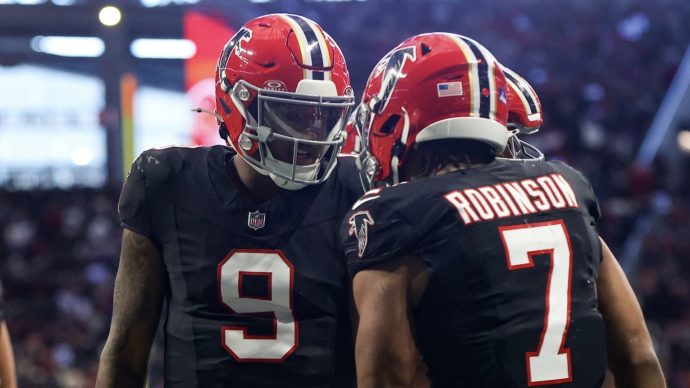There are lots of things to like about betting on college basketball conference tournament odds. If you happen to be in Las Vegas over the next week, well, it’s a helluva lot easier to get great seats — for free, no less — at the myriad sportsbooks around town. Try your luck at that on St. Patrick’s Day, when the NCAA Tournament tips off.
Plus, if you’re a real college hoops junkie, Vegas plays host to five conference tournaments, including the West Coast Conference, home of March Madness favorite Gonzaga. The Pac-12, Mountain West, WAC and Big West tourneys are also in town.
So you can pop open your mobile app and fire on conference tournament odds while actually attending your favorite tournament.
But whether you’re at a big book in Vegas or on your couch in the middle of Indiana, there’s a widely held view that conference tournament betting provides customers more opportunity and more value than the Big Dance that follows.
Props.com looks into the veracity of that viewpoint, with insights from avid college basketball bettor Andy Molitor, as well as John Murray, executive director of The SuperBook.
Matt Foley, Motivational Bettor
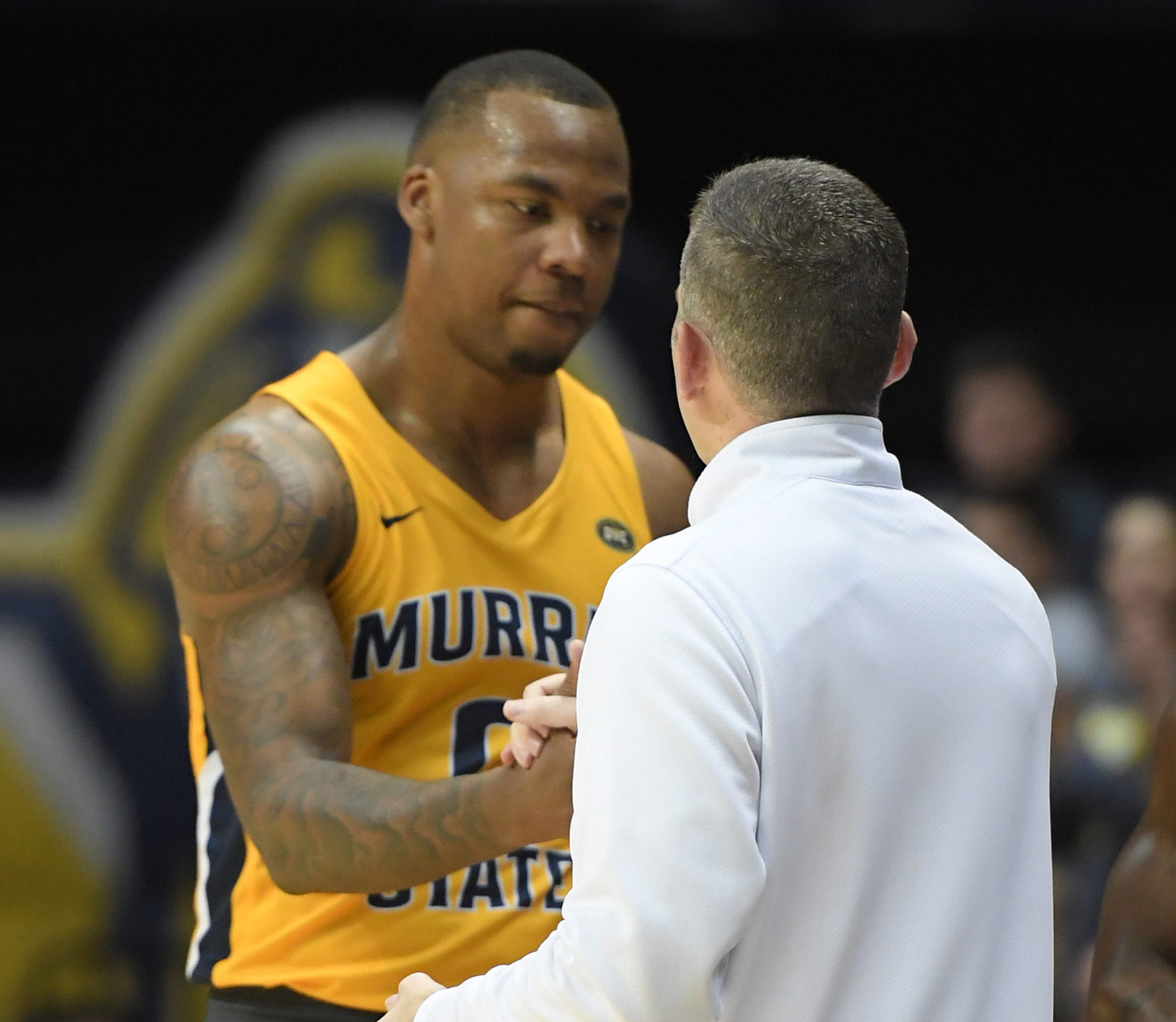
With a hat tip to the late Chris Farley’s greatest Saturday Night Live character, one area in which conference tournament odds offer betting value is motivation.
“In small conferences, if you don’t win the tournament, you’re not in the NCAA Tournament. So the motivation is there for every team,” said Molitor, the head of content at BetSperts. “So many of these [smaller] tournaments are laden with upsets.”
And often it’s the conference bottom feeders that pull off the biggest stunners. Just this week, as the Big South tourney got underway, a Charleston Southern outfit that notched just five wins all season — and went 1-15 in conference — pulled a first-round upset. As the 12th seed in a 12-team league, the Buccaneers were 11-point ‘dogs against No. 5 seed North Carolina-Asheville and won outright 79-78.
Granted, short of winning the Big South, UNC-Asheville wasn’t going to sniff the NCAA Tournament. But the point remains that these kinds of conference tourney upsets — right up into finals — can and do happen.
“UNC-Asheville didn’t take Charleston Southern seriously and lost outright,” Molitor said. “In some conference tournaments, you see a lot of underdogs covering big numbers, and some of these really bad teams are even winning outright, just because of the malaise of these higher-seeded teams.”
And if a No. 1 seed suffers from such malaise and bows out of a conference tournament early, it’s essentially a season-killer. “Murray State is probably the only school [this season] that could lose a mid-major tourney and still get into the NCAA Tournament,” Molitor said, referring at the time to a Racers squad that was 28-2 SU, including a perfect 18-0 in the Ohio Valley Conference.
By any measure, Murray State is a worthy NCAA Tournament entrant. The Racers are No. 22 in this week’s AP poll, No. 27 in the KenPom ratings, and No. 23 in the NCAA’s NET rankings. And as it turned out, Murray State (now 30-2 SU) won the OVC championship to make the point moot. Still, most mid-major and smaller-conference top seeds don’t have nearly that kind of pre-conference tourney résumé.
As such, those teams have zero margin for error come conference tourney time. Which brings us back to the “M” word.
“A lot of these mid-major teams have the motivation,” Molitor said. “There’s so much pressure on some of these No. 1 seeds that it has to feel like such a letdown if you don’t get the automatic bid. These 1 seeds go down all the time.”
Who Wants It More?
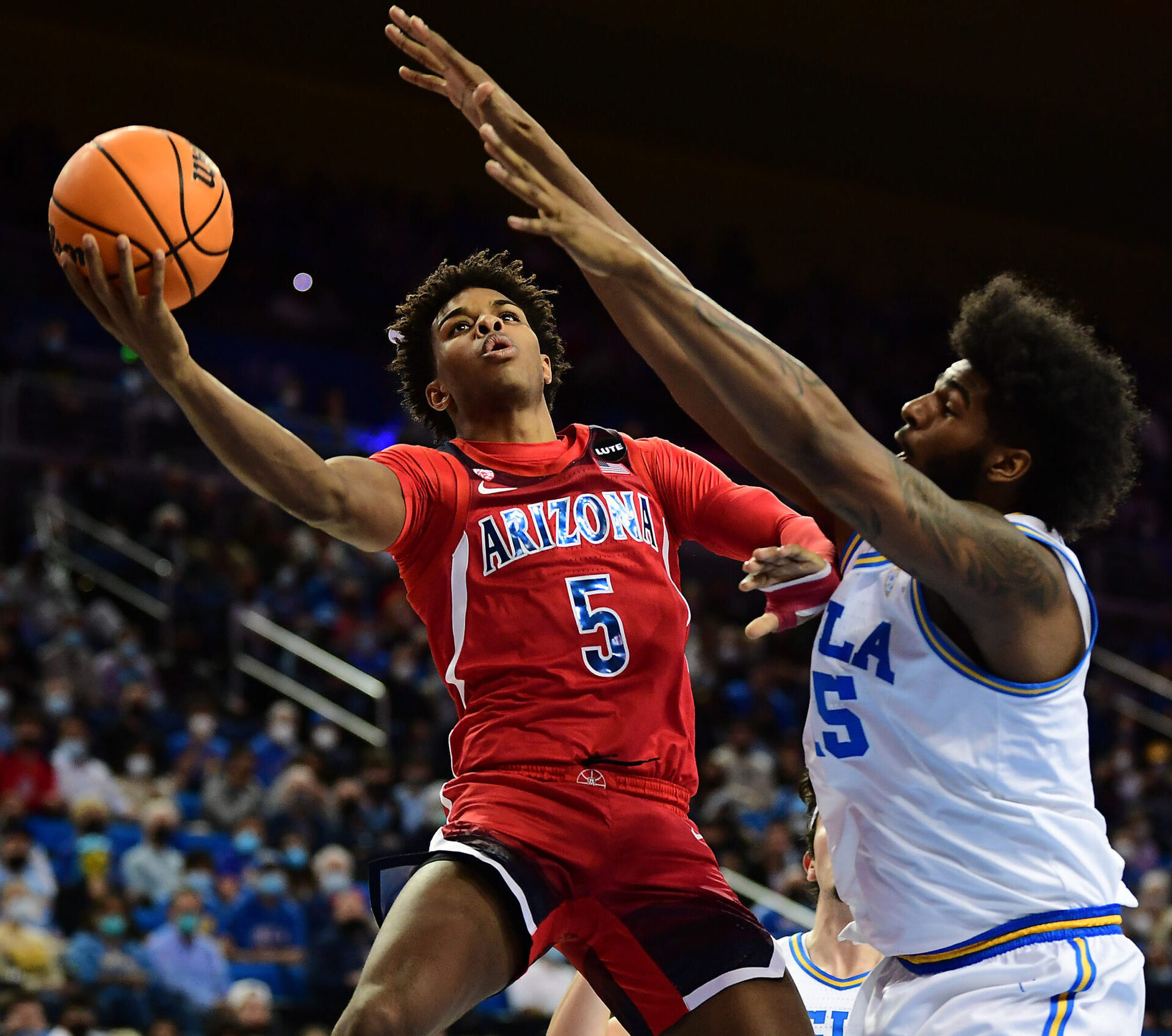
Molitor stresses that also-rans from smaller conferences aren’t the only teams that enter their league tournaments with a high degree of motivation. Betting value also exists with lower-seeded squads from Power 5 conferences. Bettors just have to know where to look.
“Some of these [marquee] teams know they’re going to be in the NCAA Tournament,” Molitor said, noting that such teams don’t have the same sense of urgency as their less-talented opponents. “Some bettors are able to anticipate these situations and [wager on] lesser teams that they believe will make a strong conference tournament run and slide off the bubble and into the [NCAA] Tournament.
“Conference tournaments are a lot different than the normal cadence of the regular season. You can be playing on back-to-back-to-back-to-back nights in these tournaments. I’m not a big hot-hand guy, but that stuff happens. Look at Michigan from a few years ago.”
Indeed, in 2018, the Wolverines were seeded fifth in the Big Ten, meaning they got a single bye but missed out on the double-bye awarded the top four teams. However, Michigan went out and won four games in four days to claim the conference tourney and the league’s automatic NCAA bid.
The Wolverines remained hot right up until the NCAA championship game, which they lost to Villanova 79-62.
As an oddsmaker, Murray is certainly a believer in the conference tournament motivation theory. It boils down to the simple fact that these games are more important to some teams than others.
“It makes a lot of sense,” he said. “There are some teams playing this next week where, in the grand scheme of things, it doesn’t matter what happens. Teams like Gonzaga and Arizona. They aren’t gonna be nearly as motivated as the opponents they face.”
And that creates potential wagering opportunities in the conference tournament odds market.
Murray harkened back to the 2011 Big East tournament, in which Connecticut was seeded ninth among 16 teams. The Huskies made a riveting five-game run to win the conference championship. From there, UConn notched six more wins to claim the NCAA title, beating Butler 53-41 in the final.
Michigan and UConn’s runs notwithstanding, Murray said conference tourney momentum generally doesn’t carry over to the NCAA Tournament.
“Once you get into the NCAAs, everybody is gonna have those same motivations,” he said.
Looking Into The Futures
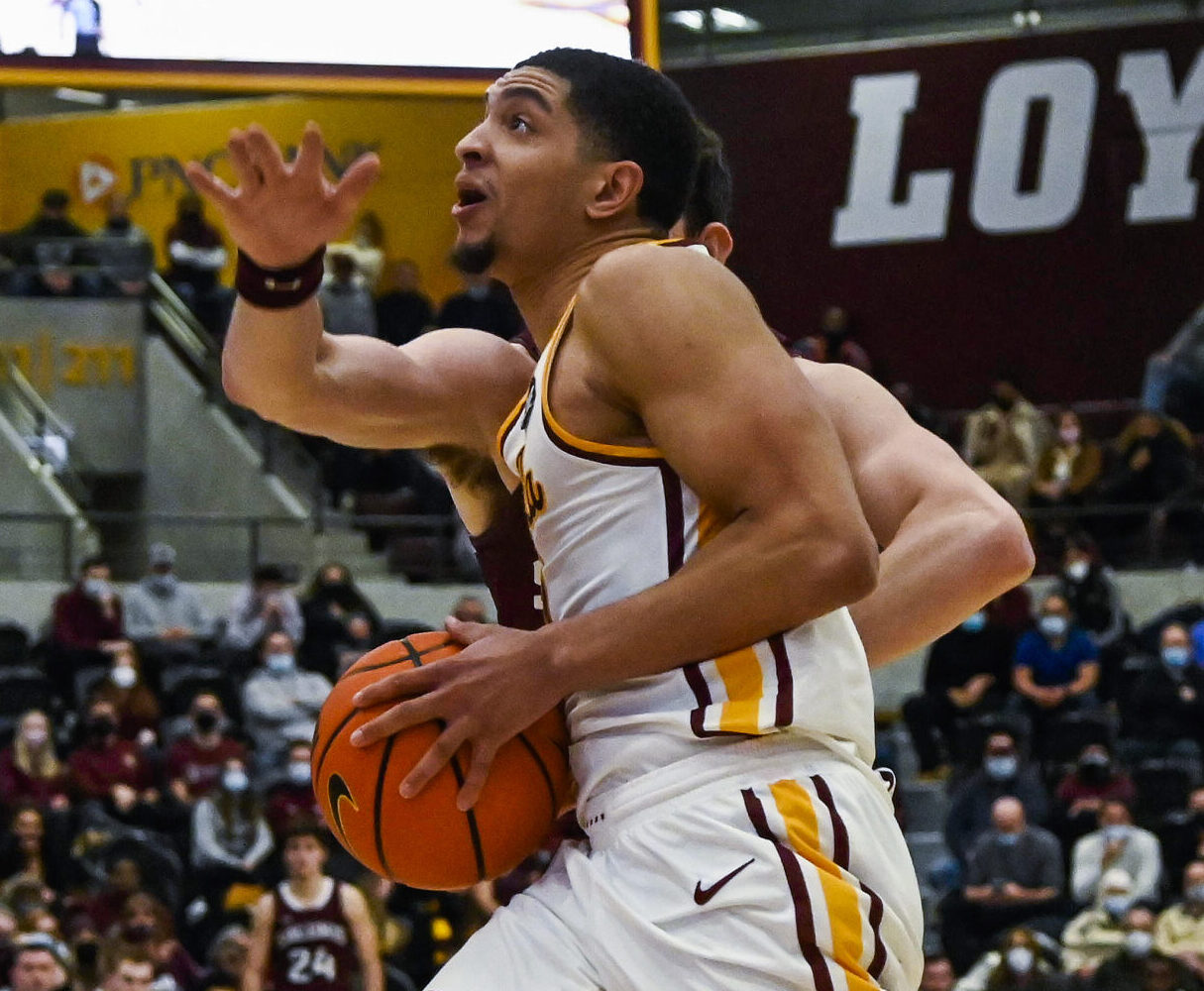
As Molitor surveys next week’s conference tournament landscape, he points out that a sea of games will roll out seemingly all day, every day, through March 12. It’s a lot to digest, and if your appetite isn’t large enough to do deep dives on dozens of contests from multiple leagues each and every day, there might be a more appealing menu item.
“I have seen some value in the conference tournament futures markets,” Molitor said. “A lot of these odds seem to be really tilted toward teams that don’t deserve such love.”
One example: Loyola-Chicago hails from the Missouri Valley Conference. Loyola-Chicago entered the tourney as the No. 4 seed, yet was favored to win it all. That’s largely due, in Molitor’s opinion, to recency bias: the Ramblers’ memorable run to the 2018 Final Four, and last year’s Sweet 16 effort.
“Everyone remembers Loyola and Sister Jean,” Molitor said. “They were +115 to win [this year’s] MVC tournament, and they’re the fourth seed. They’re just not as good this year. There was some value on basically all the other good teams.”
As it turned out, Loyola-Chicago ended up winning the MVC title, beating No. 3 seed Drake 64-58 in the final. But that doesn’t negate Molitor’s point on where the value stood.
Murray agrees that underdog value exists in the conference tourney futures market. But there’s a spin-off to that option that he likes even better.
“When betting teams to win conference tournaments, a lot of the time, it’s really hard to get good value on long shots. In some of these, teams have to win four or five games” to win the tournament, Murray said. “It’s probably better to just make a moneyline straight bet on [your favorite underdog], then roll it into the next game. So take ’em in Game 1, and roll it into Game 2, etc.”
Murray also noted that it’s worth looking over a conference’s bracket, then figuring out what the price/payout would be on each subsequent matchup — assuming the underdog you’re targeting will face favorites all the way through.
“In general, if you’ve got to beat all the high seeds, then you’re better off rolling over [your wagers] on the moneyline,” he said.
Molitor agreed that taking just a few minutes to study brackets and other widely available information can help give you an edge in the conference tournament odds market.
“I’d start by looking at some of these websites, even Bracketology, getting to know who’s [likely] already in the NCAA Tournament,” he said. “Understanding that information and digging into some stats can justify the direction you’re leaning.”



